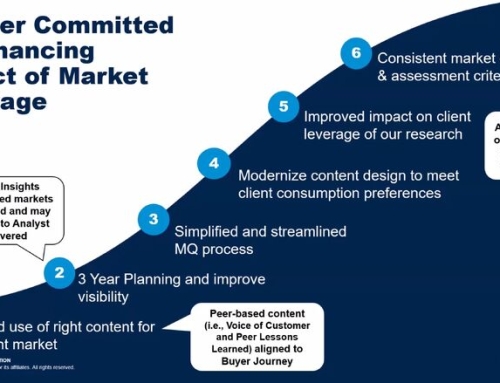The pain of a three-star vendor-sourced review
They’re relatively rare but still come up often enough to make tech vendors wince: the dreaded three-star customer review.
Vendors hate them, yet the principal review sites maintain that a smattering of 3* reviews is healthy. We’d agree, but these more critical views don’t need to come from vendor-sourced reviews.
On Gartner Peer Insights (GPI), for example, reviews come from two primary sources – “invited by vendor” and “invited by Gartner”. The GPI team notes the importance of ensuring a balance to avoid a “vendor-centric voice”.
Also, objectivity goes out of the window when everything’s a five-star review. How can a perfect score help others in choosing a tech vendor? (We’ll share the future-oriented answer to this in another post).
Low-scoring reviews are an obstacle to a review program’s success
Back to the vendor dilemma. We often hear from vendors burned by running a review-sourcing campaign because their reviews were too critical or couldn’t get any traction – so the whole campaign stalled.
We’ve developed a proven methodology enabling vendors to take the guesswork out of this. Our scientific approach to turning this around focuses on the cause, not the effect. And our best practice toolset allows vendors to determine precisely how many more 5* reviews are needed to shore up a low-scoring product or service line.
Recently, we used this approach to score a remarkable outcome in a category where our client was the only winner – in a crowded field. Get in touch if you want to know more about how we did this.
There’s more to sourcing customer reviews than meets the eye – the same dogma that applies to PR, Analyst Relations and Customer Reference programs. Yet as the customer reviews industry has matured, too many vendors are still making rookie mistakes – and paying the price.






